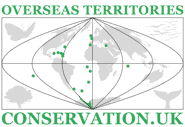Campaigning and raising awareness
In a sense, even our practical conservation projects may include elements of campaigning but, in this section, we concentrate on examples where campaigning is the major element. Much of our campaigning involves inclusion of articles in our publication Forum News and other media, and also raising issues with UK Government and others whenever possible and appropriate.
Some of these have had very positive outcomes for biodiversity in the UKOTs. Others are ongoing and we continue to monitor.
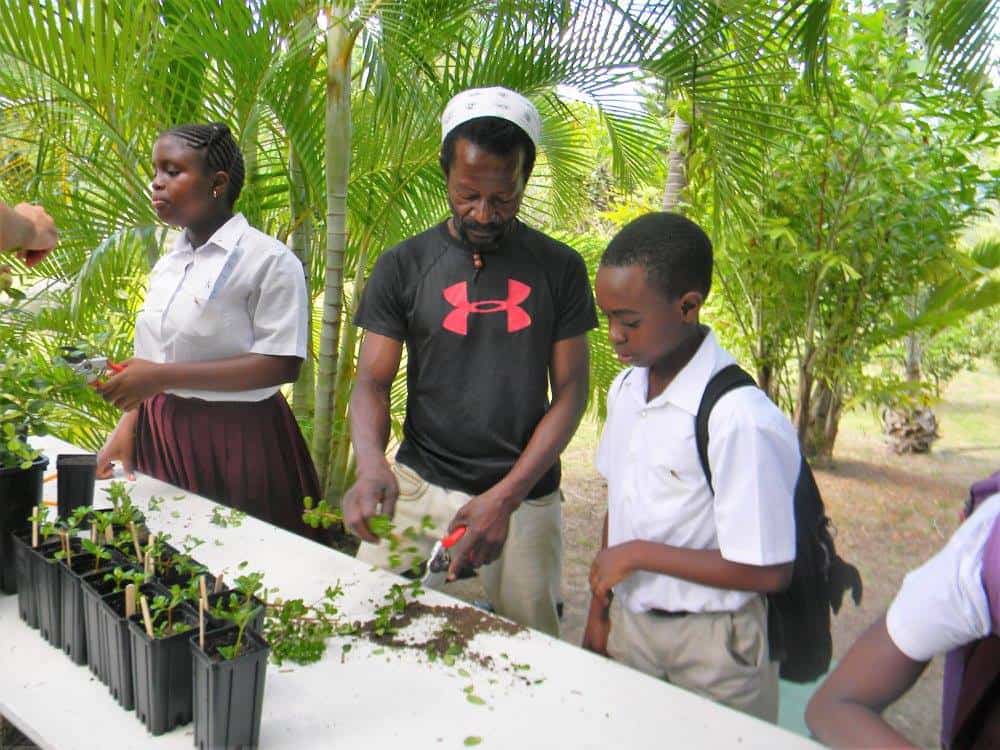
Environmental Education ineligible under Darwin Plus
At the 2015 Gibraltar conference, recommendations were made to UK Government. One concerned environmental education. Despite being a priority for UKOTs & having been very productive in earlier grants, this was removed from eligibility in 2010. UKOTCF had pointed out on several occasions since to UK Government the perverse nature of this change, especially given UK’s commitments under CBD. Read more
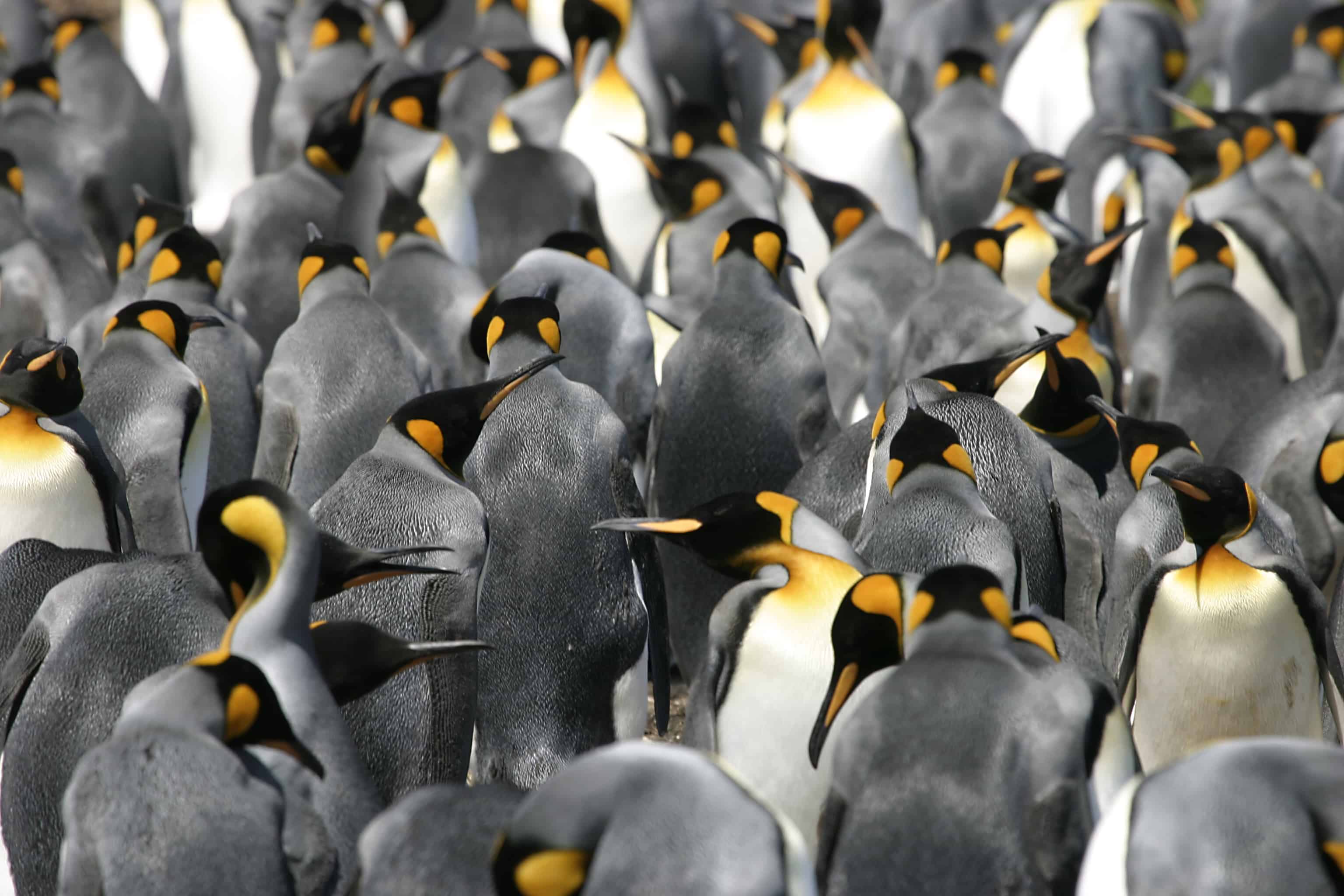
Encouraging involvement of HMG Departments and Agencies
In late 1980s, FCO & UKOTCF were the only bodies addressing conservation across UKOTs. They encouraged other HMG Departments with actual or potential involvement in UKOTs to become involved. Initial progress drew in Department for International Development (DFID). Department of Environment, Food & Rural Affairs (Defra) followed and, by late in the first decade of the millennium, Joint Nature Conservation Committee (JNCC). Read More
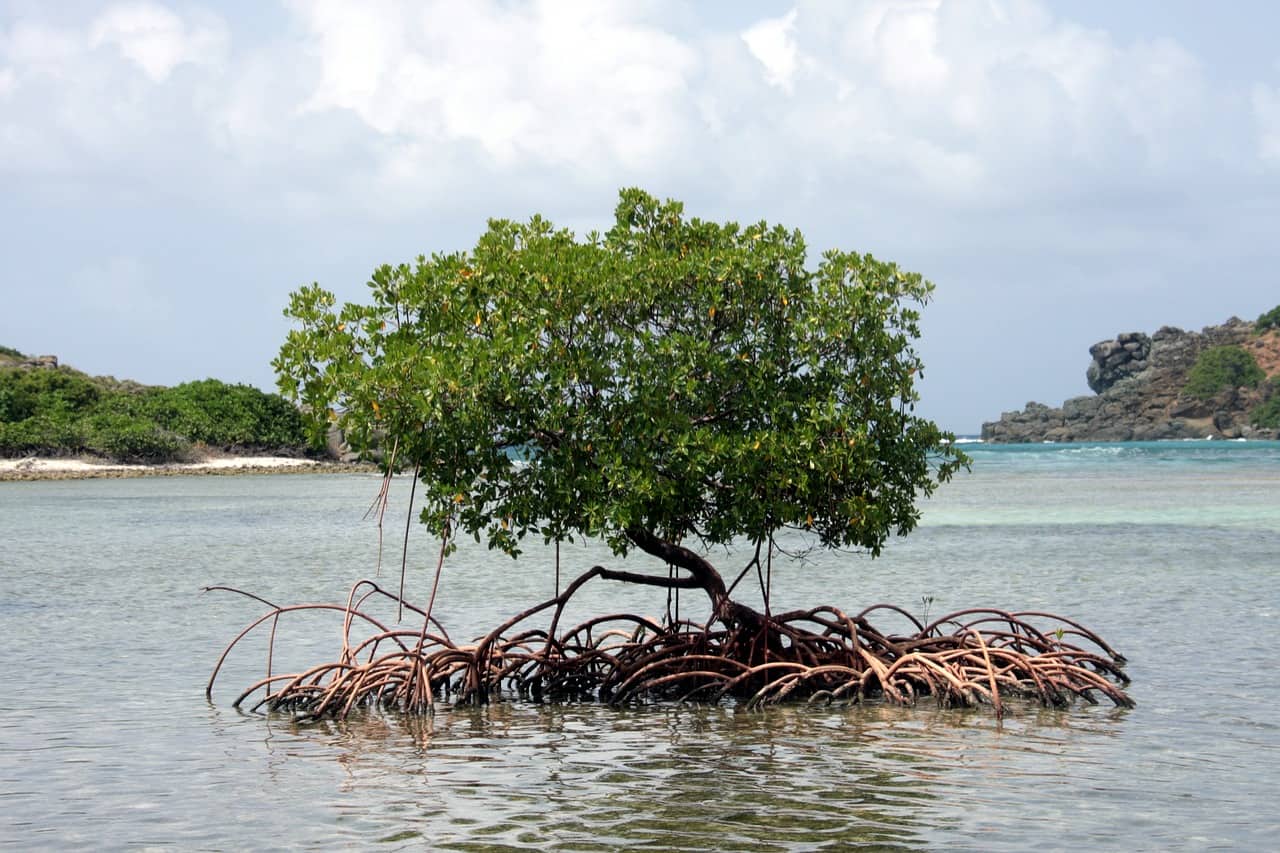
Reinstating UK Government funding to the UKOTs
The most fundamental problem in resourcing conservation work in UKOTs is that they cannot benefit from international funding bodies which support conservation in small independent states. The UK Government provides funds for conservation in the UKOTs to meet its commitments under the Environment Charter. There have been occasion when these funds have been discontinued. Read more

Balloon release in Gibraltar
Gibraltar has been celebrating its National Day since 10 September 1992, and a mass balloon release has been the highlight of the National Day celebrations for many years. In April 2016, it was announced that the release of tens of thousands of red and white balloons would no longer be a part of the celebrations. Read more

East Caicos Mega-Port Construction
East Caicos is the largest uninhabited island in the Caribbean. Attention was drawn to it by a UKOTCF-coordinated series of projects from the late 1990s to early 2000s. A recent habitat mapping project found that it is un-fragmented by development and, as such, is a critical reservoir of biodiversity for the Turks and Caicos Islands. Read more
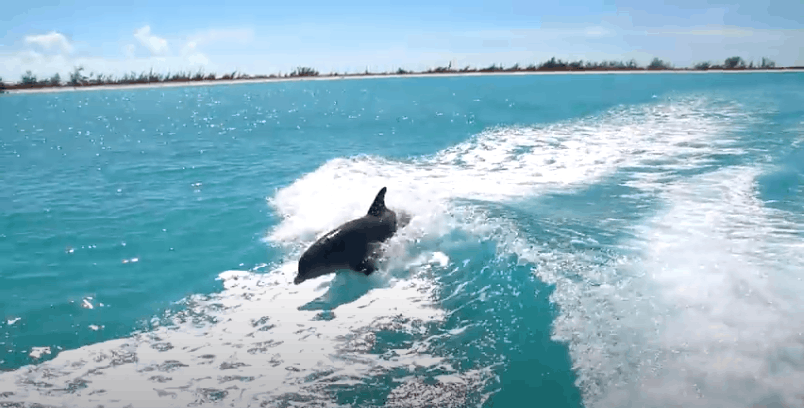
Turks and Caicos Islands dolphinarium
Over several years, we have supported online petitions, written articles, contacted TCI Government and UK Government, in support of local efforts to ensure that the development of a dolphinarium did not go ahead, on the grounds that: it would not supply the promised local jobs; it is a cruel practice going against public feeling; and would be potentially damaging to areas of ecological significance. Read more
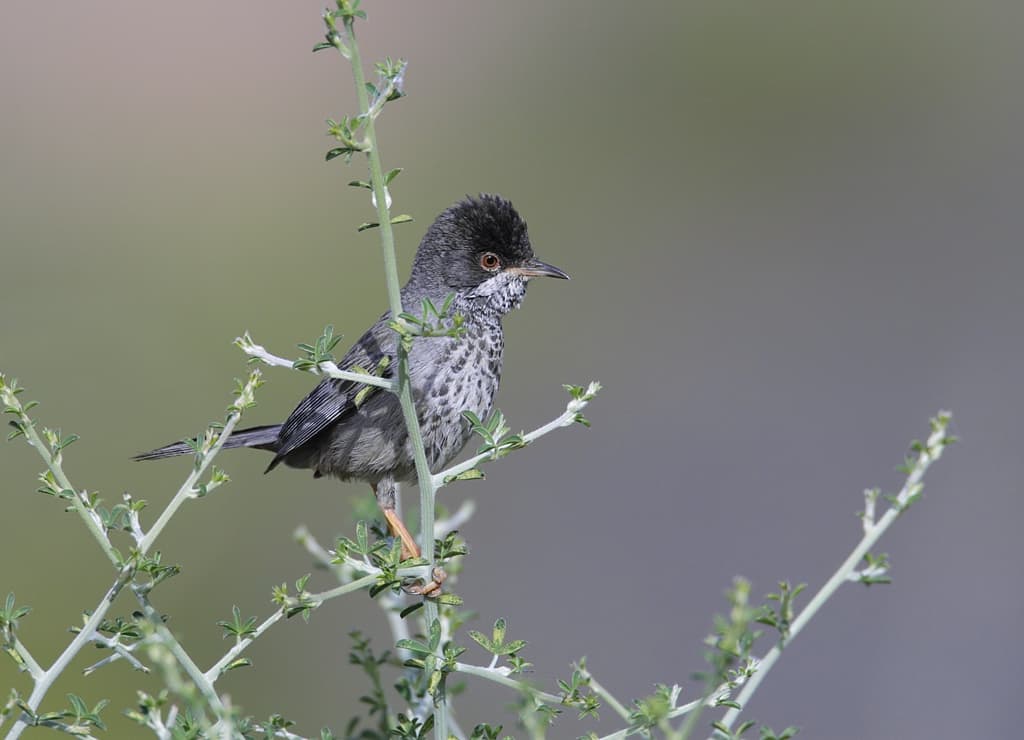
Cyprus Sovereign Base Areas bird trapping and shooting
Each year, millions of migrating songbirds are trapped in mist-nets or on limed sticks, for a a local ‘delicacy’, ambelopoulia, where the birds are grilled, boiled or pickled and eaten whole. In 2011 alone, 2.8 million songbirds were trapped across Cyprus. Cape Pyla, in the Eastern Sovereign Base Areas, is a hot spot for this activity and habitat there is managed by illegal trappers for this purpose. Read more
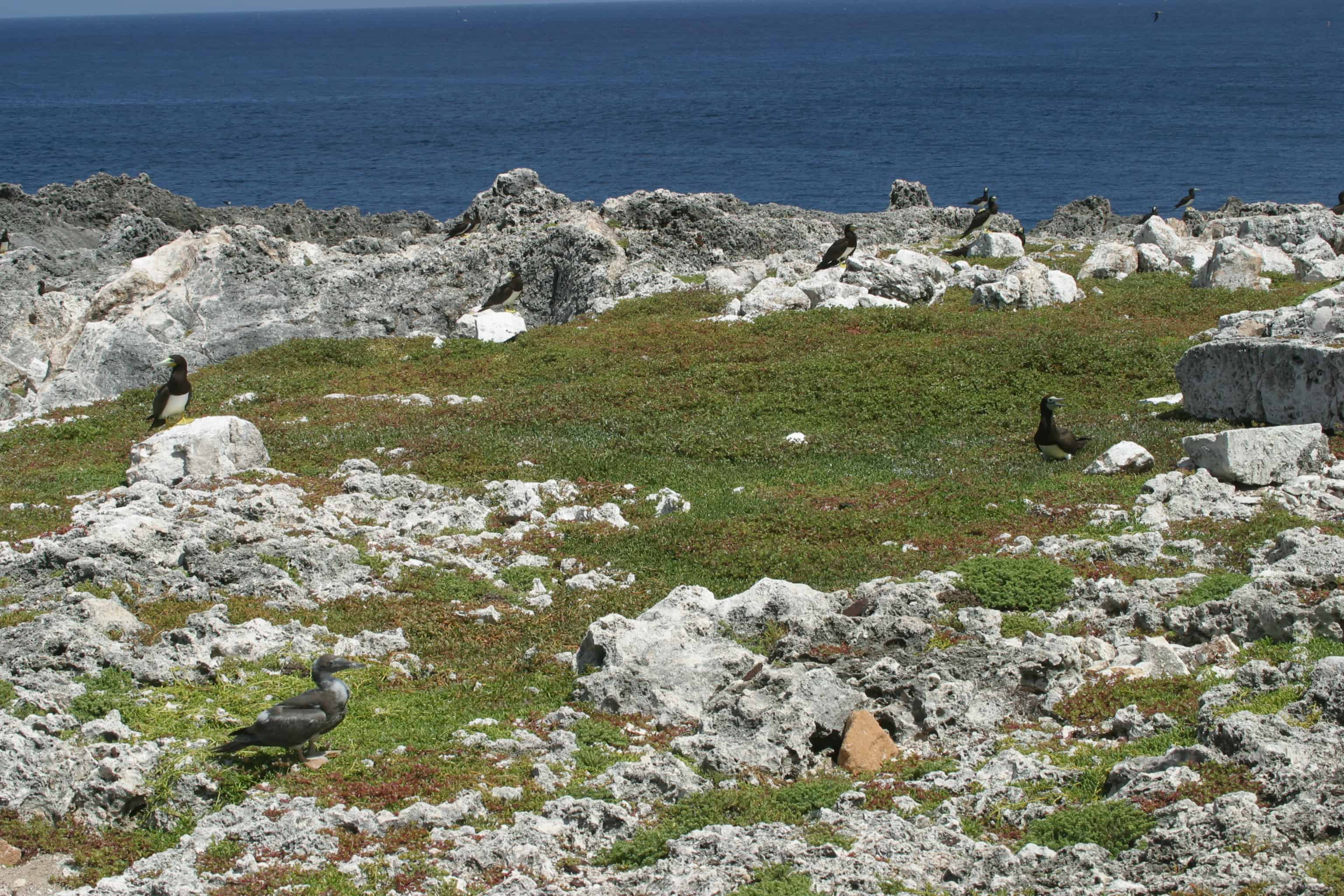
Safeguarding Sombrero Island, Anguilla
In 1998, a proposal was submitted to launch rockets from uninhabited Sombrero Island by Texas millionaire, Andy Beal. We were first concerned over the lack of transparency in the planning process itself. Further alarm bells rang as biologists reacted to the less-than-adequate Environmental Assessment presented by consultants. Read more
